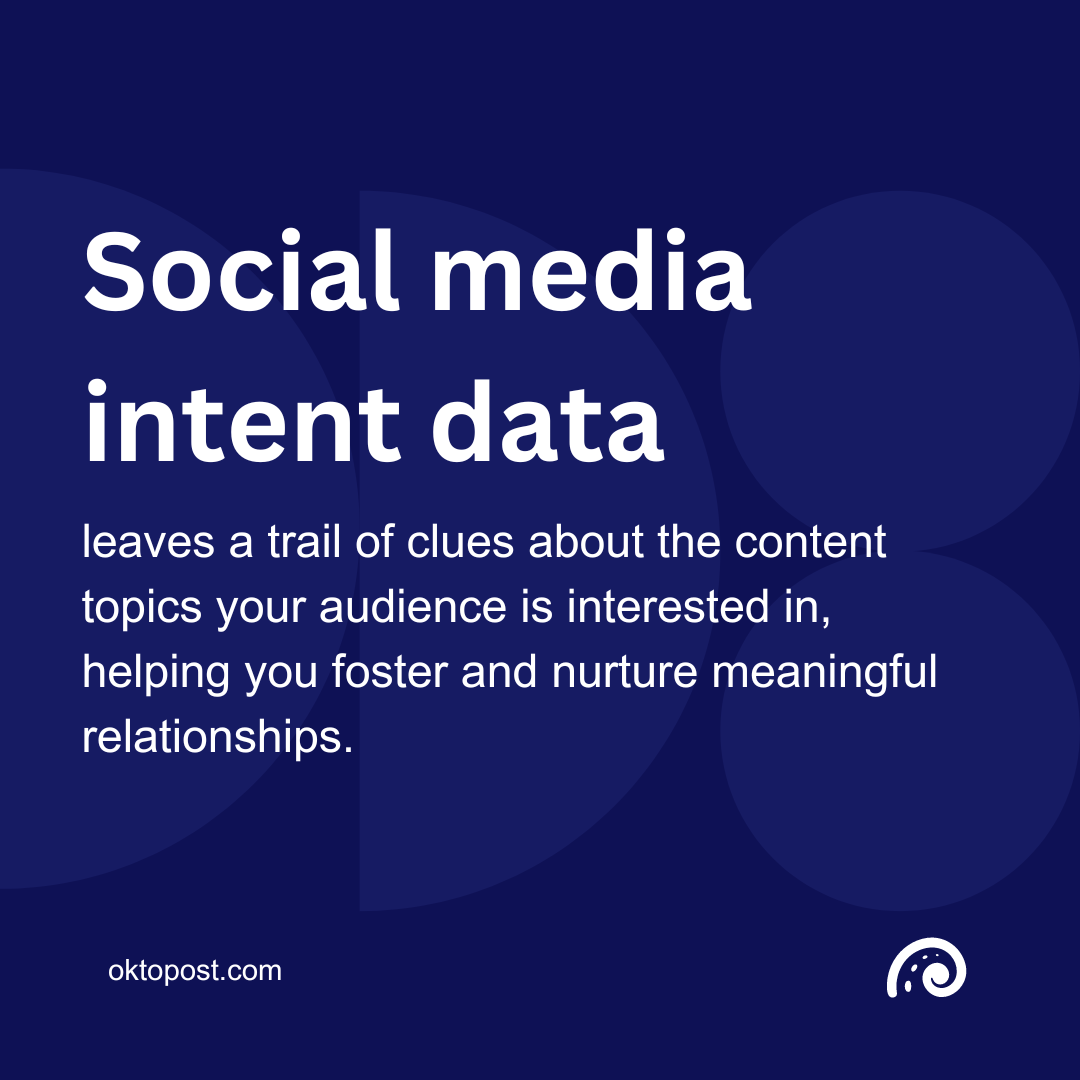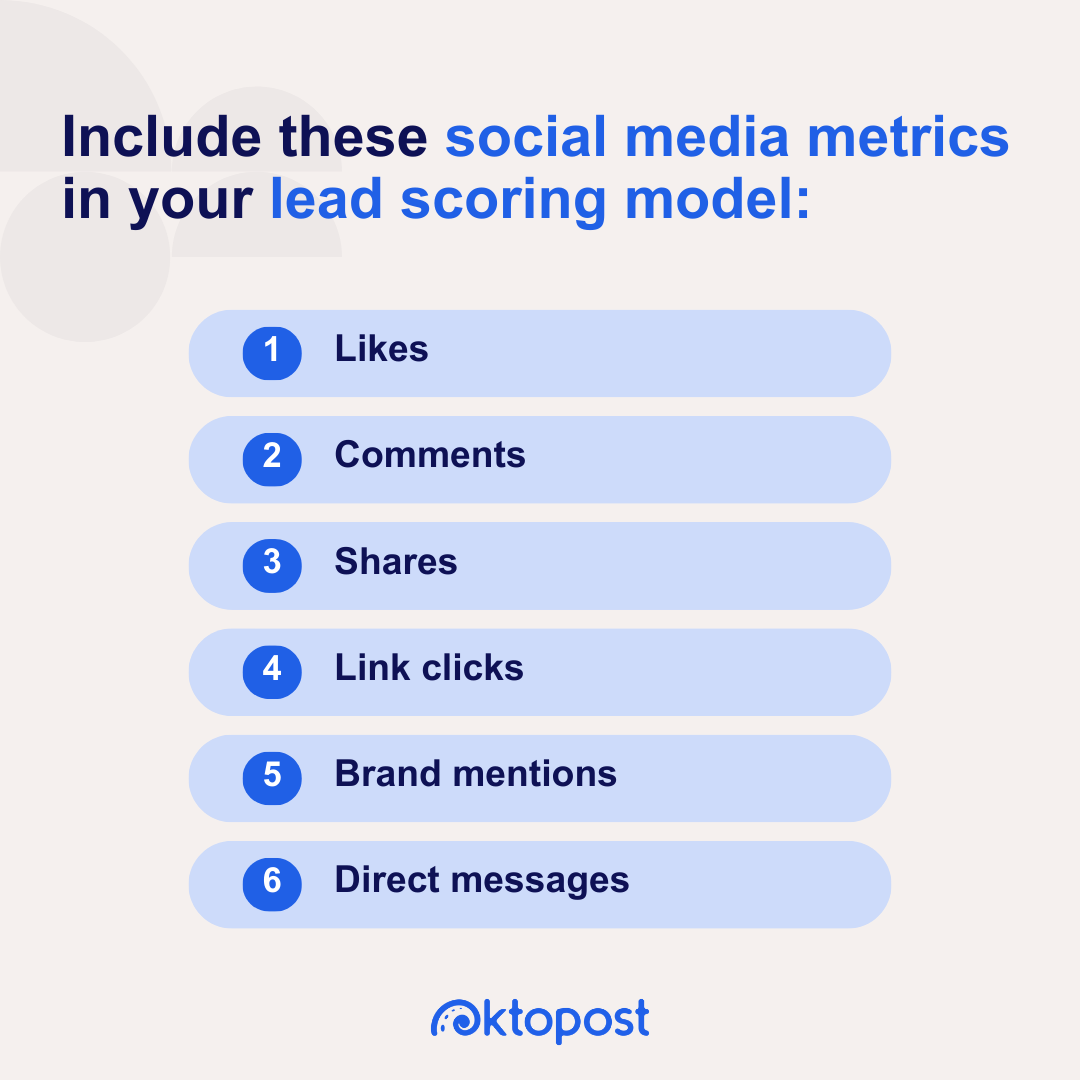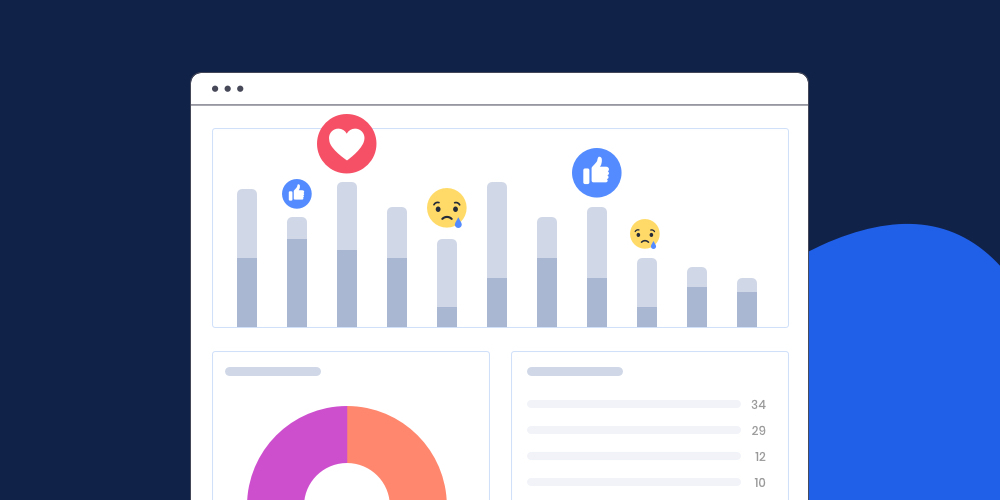Social selling 101: How to generate more leads on social media

Table of contents
Let’s start with the basics: social media is a hub for B2B lead generation. This is because B2B buyers are increasingly turning to social media instead of sales reps, with 75% of buyers researching social media platforms to make a purchasing decision.
Too often, we equate social media solely with marketing and customer management. But in today’s reality, social media is a gateway for sales teams to expand their network to new audiences, and generate more leads that are more likely to convert to customers. This is where a social selling strategy comes in.
Since social selling leaders are 51% more likely to reach their sales quotas, this isn’t a strategy you want to miss out on. We’ve broken down the fundamentals of social selling to help you execute a winning strategy of your own.
Jump to Section
- What Do We Mean By Social Selling?
- The Best Social Media Platforms for Generating Leads
- The Fundamentals of Social Selling
- Harnessing the Power of Social Media Lead Generation
What do we mean by social selling?
Social selling is the practice of leveraging social media’s full potential to boost sales.
It involves sales professionals using their personal social media accounts to expand their reach to new leads on social media, share their expertise, and engage in conversations online. With a social selling strategy, sales teams can find, cultivate, and convert leads by building relationships with potential customers online.
The best social media platforms for generating leads
The strongest platform for B2B social selling is LinkedIn. With 65 million members considered business decision-makers, nowhere else online is currently able to rival LinkedIn in terms of its scope for lead generation.
But LinkedIn isn’t the only platform that is perfect for B2B lead generation, and you want to make sure you are where your audience is. Facebook and X have also proven themselves to be ideal for lead generation and improving existing customer relationships.
Recommended for further reading
Social selling: The key starting points
There are plenty of benefits that come with social selling, but to help you understand the fundamentals of social selling, we’re outlining all the basic information you need to know to start on the right foot.
Content publishing
The success of your social selling strategy depends on your ability to publish quality content and engage an online community. Without strong content, you can’t build a social media presence.
Offering a mix of content that includes market trends, company-related updates, personal content, and relevant articles will empower you to provide value to your audience, and build trust with your target market. By doing so, you will also position yourself as a thought leader and expert within your industry.
It’s important to remember to tailor your content to the different social media channels you’re using. After all, a longer, thought-provoking post about your take on the latest trend in your industry that is suitable for LinkedIn, won’t fit into the character limit – or get to the point fast enough – for your audience on X.
It’s important to highlight that for most sales professionals, content creation isn’t in their comfort zone. And if you feel the same, you’re not alone. But, we have a solution for you, and it’s called an employee advocacy program. If your company already has an advocacy program in place, your marketing team will create curated content for you to publish straight to your personal social media accounts easily and efficiently.
But how do you know what content to create and, just as importantly, when to publish it?
Social intent data

Social intent data will unlock a trove of insights that you can use to inform your social selling strategy and guide your leads further down the funnel until they’re closed-won.
Social intent data reveals how your leads are engaging with your corporate and personal social media accounts. And each time they do, they’re leaving a trail of clues into what content they’re interested in, helping you foster and nurture meaningful relationships with your audience.
Keep an eye on the popular engagement metrics, such as likes, comments, shares, and clicks to reveal your audience’s interest in your product or service. Plus, here’s a bonus: social engagement data can also help you understand if your social selling strategy is working, if you should post more of one topic or less of another, and if it’s growing your audience.
Let’s say your company is selling a communication platform for the workplace, and there’s an account in your CRM you’ve been trying to close but you’re running out of ideas of how to engage them successfully. Social intent data can help you do just that. Here’s how: from analyzing your social engagement data, you spot a lead from this account that also engages with several posts from your personal LinkedIn account on team productivity. You can now use these insights to engage in meaningful, relevant conversations and use this information to position your brand as a solution for your prospects revealed pain points. Additionally, this consistent engagement on social media signals their intent to buy, helping you understand where and when you should invest your time and resources in the sales process.
Lead scoring
To put it simply: a lead-scoring model that excludes social engagement data is an incomplete and inaccurate lead-scoring model. If you haven’t incorporated social media engagement data into your lead scoring model, this is your sign to do it now.
Social engagement data provides real-time insights into your audience’s interest in your product, allowing you to determine further their readiness to buy. You should use this data alongside the other criteria you are ranking on your lead-scoring system to get a more accurate overview of your high-scoring leads.

Harnessing the power of social media lead generation
Social selling is the key to growing awareness within your target audience and boosting your lead-generation efforts.
By building your presence on social media platforms, you can position yourself as a thought leader, attract more buyers to your offerings, and build a pipeline of high-quality leads. To be able to do this, you need to start with the basics – a diverse, engaging content strategy, analyze social intent data, and integrate social engagement data into your lead scoring strategy. Compared with other forms of sales prospecting, social selling enables you to reach customers and prospects in a way that feels far more authentic and, for that reason alone, far more engaging.
If you’re interested in maximizing your sales pipeline with more quality leads through social selling, contact us today.




